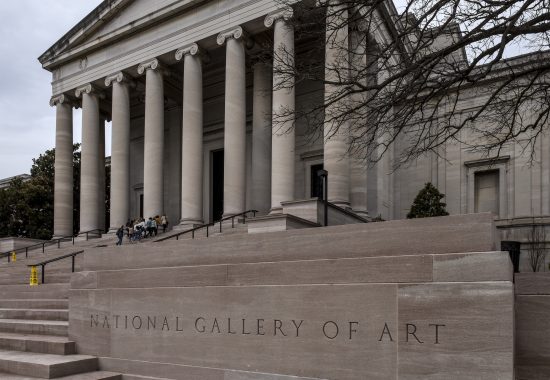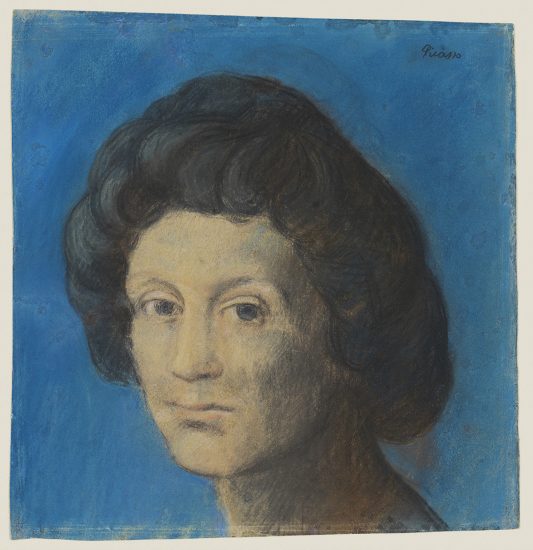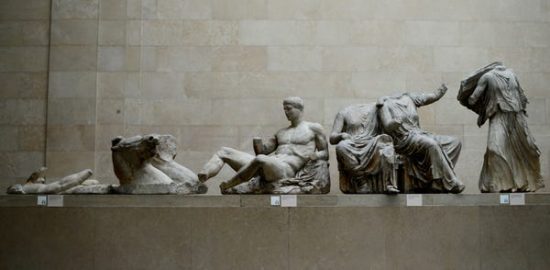In an unusual case in the art world, the National Gallery of Art in Washington D.C. will be returning a drawing by Pablo Picasso to the heirs of a German-Jewish banker. In 1934, Paul von Mendelssohn- Bartholdy was forced to sell the Picasso work, Head of a Woman, along with 15 other artworks at a huge financial loss, in fear of Nazi’s confiscating his estate. Head of a Woman was bought by an art dealer named Justin Thannhauser and the National Gallery of Art acquired it through donation in 2001. Mendelssohn-Bartholdy’s heirs reached settlements with the museum to have the work returned to their possession. The National Gallery of Art states that they were settling with the Mendelssohn-Bartholdy heirs to “to avoid the heavy toll of litigation,” with no mention of their thoughts on the claims of ownership.

This incident brings a centuries-old debate back into the spotlight about the ethics of museum display and private ownership of art. Art objects have long been stolen, destroyed and vandalized during times of war and colonization, often brought back as spoils of war or to show off ‘exotic’ travels. Art has always played a role in political history as the essence of culture that frequently gets destroyed in political power plays. The Nazis were known to destroy art, books, and music that didn’t fit their cultural ideal, which was exactly what Mendelssohn-Bartholdy feared.

Should museums take responsibility for repatriating the art in their possession if it was stolen from its original owners? Is it better for art to be in museums where more people can appreciate it or is it important to honor where the art came from? Is it right to take art out of its cultural and environmental context? These questions have been discussed and debated within the art world for decades now. The British Museum has long been in debate with the government of Greece over works of ancient Greek art that were stolen by British explorers and colonists from Greece that have been displayed in the museum for decades. Greece argues that the art belongs to them and since it was wrongfully taken, it should be returned to the country so that they can display it themselves. The British Museum counters that the works are safer and better preserved in their museum, citing that the UK has a more stable economy than Greece. They also believe that since more people visit the museums in the UK than Greece that more people have access to the art in their museum and can learn and appreciate ancient Greek art that way.

From a moral and ethical standpoint, it does seem to make sense to return art to its place of origin, which seems to be what the National Gallery of Art in Washington will be doing with their Picasso work. However, the museum makes no mention of their opinion on the claims of rightful ownership, only stating that they are returning the work to avoid litigation. Countries like the United States and the UK, who have deep histories of imperialism and colonialism, tend to avoid repatriation of art when they can and hold the belief that art can be appreciated all the same no matter where it is displayed, and no matter how it got there. But if some of the horrific wrongdoings of the Nazis can be undone and some generational trauma healed by returning art objects full of historical and cultural importance to their rightful owners, shouldn’t that be argument enough?
